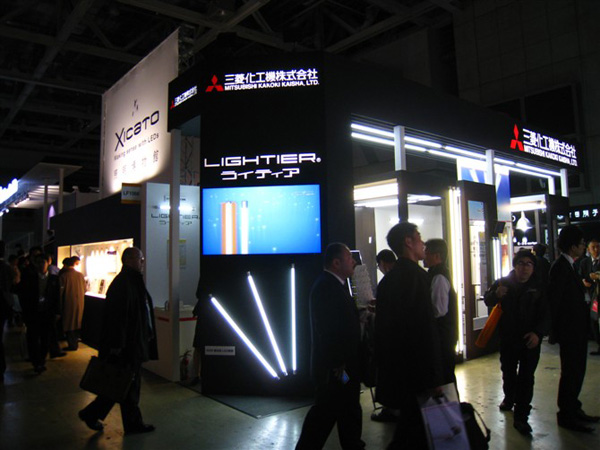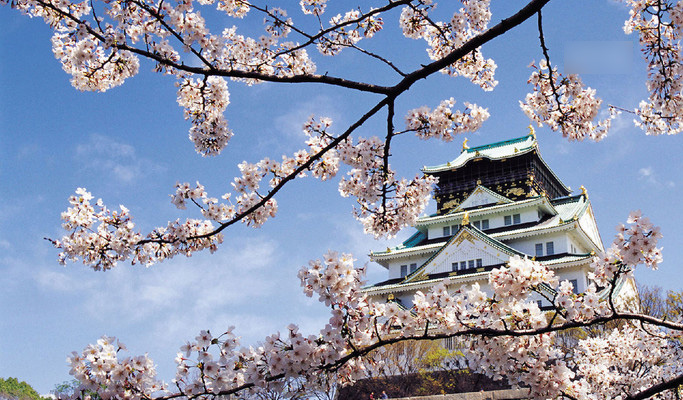Japanese people who have Japanese nationality or Japanese ethnic origin. Mainly by the Japanese family, living also Ainu people in Hokkaido, Japan. Japanese generic Japanese, Chinese characters are also popular in Japan text. Japanese Sui and Tang dynasties in ancient times by the influence of China’s Han and Tang culture in all aspects of the court system, etiquette, clothing, tea ceremony, etc. has a strong Chinese element. Japan itself also proud of the “Little China”, depending on other countries (such as the Netherlands, Spain, etc.) for the very state. Meanwhile, the Japanese since ancient times by the spirit of Bushido, with the nature of external aggression. Recent participation in World War II war on China, the Philippines and other countries.

high power led price is really one of led streetlight. high power led price for Japanese could be different. Also, high power led price should be different.
Japan in East Asia residents. The main body of the Japanese family. Another in Hokkaido 20005 1000 Duoeyinu of ethnic Japanese. In Mongoloid East Asian type. Using the Japanese Language Department is uncertain, most scholars considered to be Altaic. By the Chinese influence greatly. Tokyo, then as a standard language across the country. The belief is widespread, popular variety of religions. Mahayana Buddhism since the 6th century after Korea incoming rapidly growing popularity of the country. Inherent Shinto is very common after the Meiji Restoration was the state religion, the national urban and rural areas all the shrines. By both the profound impact of the Ming Dynasty, Confucianism, Wang Yangming. Many people have dual faith of God, Buddha, both, or the same letter several religions. Generally follow the Shinto ceremony in fertility, marriage, festivals and other real life; burial, worship, ceremonies, etc. then follow the Buddhist faith. Folk popular ancestor worship, belief in many gods. Christianity was introduced into Japan in the 16th century, 40 years, believers about 1% of the population. In addition there are new religions, three hundred kinds.

Abstract: China from the Asian continent to the migration of the Japanese island many times, Xu Fudong transition Japan is the most famous. Before this, the era of Emperor Yu had an inspection tour of the Japanese archipelago, the Yellow Emperor had close to or arrived in the island of Japan, had migration the Yandi times Nu Wa tribe, refuge to the Japanese archipelago, they constitute the main body of the gene sources of Japan and Japan national Nu Wa is become the prototype of the Japanese emperor family respected the sun goddess Amaterasu.
As we all know, the historical events on the Japanese and their cultural development, the story of the most important Xu Fudong transition. In 219 BC, Qin Shi Huang East tour to the Shandong Peninsula, life alchemist Xufu rate of three thousand boys and girls, carrying a number of artifacts, food, crop seeds, crossing the sea for Immortality. Xu Fu and his party, arrived in the island of Japan, then stay do not go to Chinese civilization, culture and science and technology thus implanted in Japan, and contributed to Japan from the Jomon culture era into the era of Yayoi culture.
However, on the Japanese island residents, national origin, academia usually say that about some residents from the Neolithic Japanese island, the first Japanese inhabitants the Tungus moved from the North continent, after Malaysian Fangdu Hai from South from, about half from 1100 BC century after, continued to Chinese and Koreans moved to Japan. Archeology from the Neolithic to Japan in the 2nd century BC, known as the Jomon era of culture, the use of stone tools, bone implements, hunting, fishing, living in earthen unearthed female soil dual (“World History”, People’s Publishing House, Zhou Yiliang editor, 1962).
